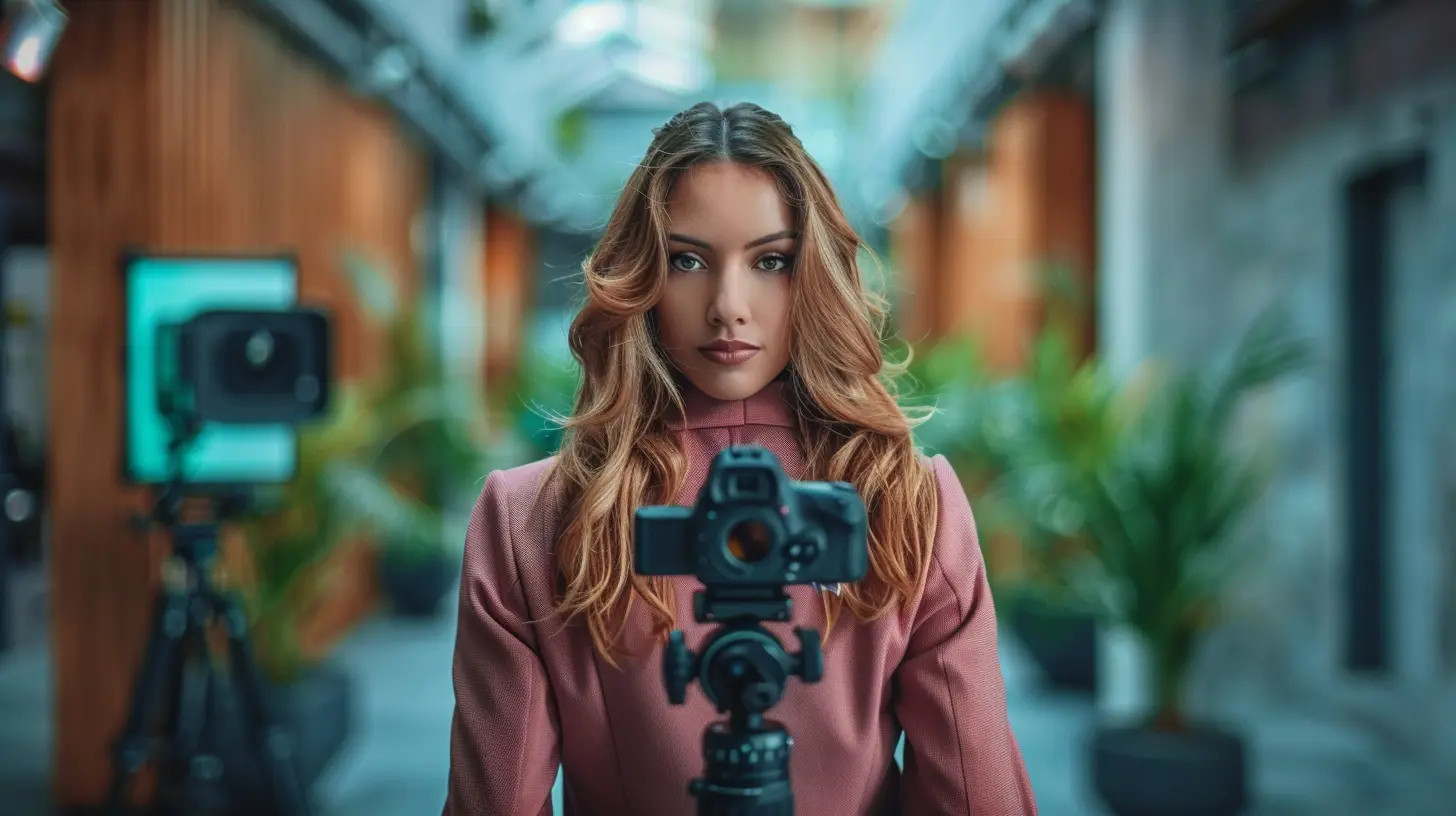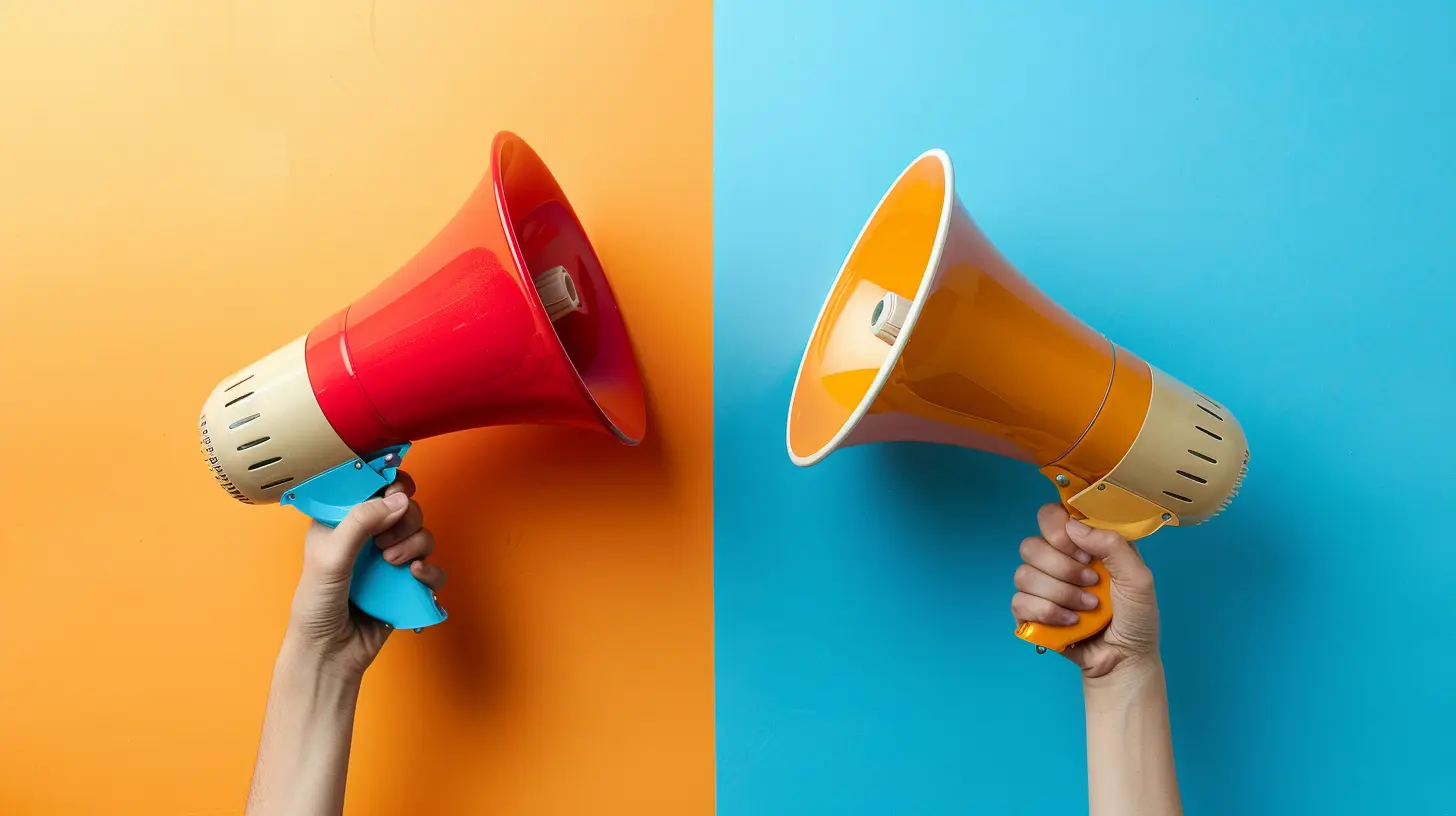Real vs. Fake Engagement: How to Choose the Right Influencers
9 August 2025
Let’s be real for a second—finding the right influencer to represent your brand feels like walking through a minefield. One wrong step and boom—you’ve spent good money promoting your product to an audience that barely exists. And worse? They may not even care.
We all know that influencer marketing can work wonders. But for it to actually work, you need to partner with influencers who have real engagement, not the kind that’s puffed up with fake likes, bot comments, or ghost followers. But how do you tell the difference? And how do you make sure you're investing your marketing dollars in influencers who will genuinely move the needle?
Let’s break it all down.
What Does "Real Engagement" Even Mean?
Engagement is more than a number. It’s the interaction between an influencer and their followers—likes, comments, shares, saves, DMs. Real engagement means that the influencer's audience is genuinely paying attention and reacting to the content in a meaningful way.Think of it like a dinner party. If your guests are laughing, nodding, asking questions, and overall enjoying the food and conversation, that's real engagement. If they just show up, nod, smile, and scroll their phones the entire time, well... that’s fake engagement.
Why Fake Engagement is a Problem
Want the short version? It’s a scam. Influencers with fake engagement are essentially selling you counterfeit influence. They pad their profiles with fake followers and bots to seem popular, but behind the curtain, there's little to no real impact happening.Here are some harsh truths:
- Fake engagement skews your campaign data.
- Your ROI tanks because your message isn’t reaching real people.
- You lose brand trust if customers spot the fraud before you do.
- You waste time and budget on someone who’s selling a lie.
Yikes, right?
The Rise of Fake Followers and Bot Engagement
You might be wondering, "How does this even happen?" It's surprisingly common and super easy (sadly).There are services where people can buy followers, likes, and comments. For just a few bucks, someone can make their Instagram look like they’ve got a tribe of loyal fans. But in reality, it’s just a ghost town of bots and fake accounts.
These dirty tricks are used to fool brands into thinking an influencer has reach and credibility. The sad part? Many fall for it.
How to Spot Fake Engagement: Red Flags to Watch For
Now that we’ve identified the enemy, let’s talk about how to sniff them out. Here are the telltale signs that an influencer’s engagement isn’t all it’s cracked up to be.1. Engagement Rate Seems Too Good to Be True
You know the saying—if it seems too good to be true, it probably is. If an influencer with 50,000 followers is getting 10,000 likes per post? That’s a red flag. Even the most engaging content creators rarely see engagement rates over 10%.👉 Pro Tip: Use tools like HypeAuditor or Social Blade to calculate engagement rates and spot unusual spikes.
2. Generic or Repetitive Comments
Scroll through their comment section. Do you see the same heart emojis? Comments like “Nice!” or “Great pic!” over and over again?Yeah… real followers have real thoughts. If the influencer’s audience is full of bots, their comments will look like they were written by robots. Because, well, they were.
3. Sudden Spikes in Follower Count
If an influencer suddenly gains 20,000 followers overnight and they didn’t go viral or do something huge—be suspicious.Sudden growth can mean a bulk purchase of fake followers. Keep an eye out for that.
4. Lack of Relationship With Their Audience
Real influencers engage with their community. They reply to comments, hold Q&A sessions, and even DM their followers. If you see zero interaction from the influencer themselves? That’s a red flag. Influence is a two-way street.5. Inconsistent Engagement
Do some posts pop off with thousands of likes, while others flop hard? Is there a pattern or does it seem totally random?Fake engagement is hard to keep consistent. Real audiences have behavior patterns, but bots? Not so much.
What Real Engagement Looks Like (Aka, What You Do Want)
Okay, enough with the doom and gloom. Let’s talk about the good stuff—what real engagement actually looks like and how to find influencers that have it.1. Quality > Quantity
A micro-influencer with 5,000 engaged followers is often more valuable than someone with 100,000 fake ones. Why? Because those 5,000 people actually care. They listen. They buy.It’s not about big numbers. It’s about the right numbers.
2. Meaningful Conversations
Look for influencers whose followers ask questions, tag friends, and share stories in the comments. That’s a sign of a highly engaged audience that trusts the influencer’s voice.3. Consistency Across Platforms
If an influencer is killing it on Instagram but crickets on every other platform, that could be a red flag.Real engagement usually carries over. Look for consistency on multiple channels like TikTok, YouTube, and even LinkedIn (depending on your niche).
4. Honest and Authentic Content
You can spot a genuine influencer from miles away. They’re raw, relatable, and real. They don’t just push products—they tell stories, share opinions, and add value.That authenticity creates real bonds, and real bonds create real engagement.
Tools to Help You Detect Real vs. Fake Engagement
Sometimes your gut isn’t enough—you need data. Thankfully, there are tools that can help you verify authenticity before you commit.🔍 Popular Tools to Try:
- HypeAuditor – Detailed reports on audience authenticity.- Social Blade – Tracks growth and engagement patterns over time.
- GRIN – Great for vetting influencers and managing campaigns.
- Upfluence – Monitors influencer performance with real-time analytics.
Using these tools is like using night-vision goggles in the dark—you’ll spot the fakes a whole lot faster.
Questions to Ask Before Partnering With an Influencer
Want to really vet an influencer? Ask the right questions. Here’s your cheat sheet:- Who is your target audience?
- How do you typically engage with your followers?
- Can you share campaign results from past partnerships?
- What platforms do you see the most traction on?
- How do you measure your success?
If they struggle to answer or get defensive? Red flag.
The Stakes Are Higher Than Ever
Influencer marketing is still going strong, but the stakes are higher now. Consumers are smarter. Brands are being held accountable. And you know what? Fakes just don’t cut it anymore.Only authentic voices can build trust, drive engagement, and move products. So the next time you’re scrolling through potential influencers, remember: Real beats fake, every single time.
Real Partnerships Build Real Results
At the end of the day, you’re not just hiring someone to post a pretty picture. You're partnering with a person who will speak on behalf of your brand. That’s a big deal.The right influencers can supercharge your marketing. The wrong ones? They’ll waste your budget and hurt your credibility.
So do your homework. Dig into the data. Trust your instincts. And never underestimate the power of real, genuine engagement.
all images in this post were generated using AI tools
Category:
Influencer MarketingAuthor:

Miley Velez
Discussion
rate this article
1 comments
Quorra McClary
Choosing the right influencers can transform your brand's narrative. Embrace authenticity and seek out real connections that resonate with your audience. Genuine engagement fosters loyalty and trust, paving the way for lasting relationships. Remember, it’s not about numbers; it’s about meaningful interactions that inspire and uplift. Keep striving for authenticity!
August 18, 2025 at 11:45 AM

Miley Velez
Thank you for your insightful comment! I completely agree—authentic connections with influencers are key to building trust and loyalty with audiences. Meaningful interactions truly drive the best results for brands.


